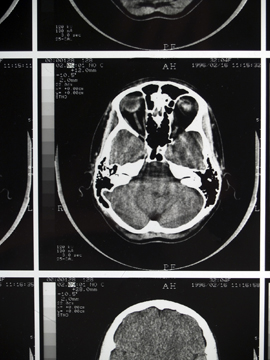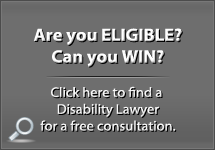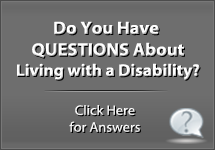
What exactly is “epilepsy,” or “seizure disorder”? Are they the same thing? Are there different types of epilepsy or seizures? Is a medical doctor’s diagnosis of epilepsy or seizure disorder enough to win my disability case? Are the rules for an adult the same as for a child? What if the medicine is working and the number of seizures per month or year have been drastically minimized or stopped all together? Can I still win my case since I still have the diagnosis?
These are some questions often asked by those suffering from epilepsy or by the families who care about them when seeking disability. This article (Part I) will begin to answer some of these questions among others and provide some basic information regarding winning or losing a disability case when dealing with epilepsy (seizures).
Epilepsy deals with the generation of electrical signals in the brain, thus causing seizures. To be diagnosed with epilepsy, a person would need to have had at least 2 or more seizures.
In order to understand epilepsy better, it is important to further distinguish between the different groupings within epilepsy. Normally, seizures are divided into two types, “Partial seizures,” and “Generalized seizures.”
PARTIAL SEIZURES (also called Focal Seizures): result from abnormal activity in only one part of the brain. There are two types.
- Simple Partial Seizures – does not involve a loss of consciousness, may change a person’s emotions, or how things look, smell, taste, sound or feel. They may also involve some involuntary movement of a part of the body, such as an arm or leg, or other sensory type symptoms.
- Complex partial seizures – these affect consciousness by basically losing awareness for a period of time. They can result in staring and certain involuntary movements, such as chewing, rubbing hands, or walking around in circles.
GENERALIZED SEIZURES: result from abnormal activity in all of the brain. There are four types.
- Petit Mal (also called Absence seizures) – similar to complex partial except they can cause a short loss of consciousness, they also involve staring and subtle body movements
- Grand Mal (also called Tonic-clonic seizures) – the most extreme type, involve a loss of consciousness, the complete shaking of the body along with body stiffening, and often a loss of bladder control.
- Myoclonic seizures – usually involve sudden movements in the arms and legs
- Atonic seizures (drop attacks) – the body’s muscles suddenly give out and the person falls or collapses
When dealing with Social Security law, epilepsy is simply categorized into two big groups and does NOT consider etiology (the original cause of the seizure). The first group involves “convulsive” epileptic seizures (the body shaking/convulsions, etc.), and the second group involves “non-convulsive” epileptic seizures (where the seizure does not include convulsions).
“Convulsive epilepsy” (1st group in Social Security law) includes grand mal or psychomotor (psychomotor is the same as “complex partial” seizures above – see definition). Requirements to meet this listing include a documented detailed description of a typical seizure pattern, including all associated phenomena, and seizures happening at least 2 or more times per month, while having been on a continued prescribed treatment for a minimum of 3 months, PLUS ONE of the following two things:
- If daytime episodes, a loss of consciousness and convulsions, OR
- If nighttime episodes, having lingering/lasting effects which significantly interfere with activity during the day
“Nonconvulsive epilepsy” (2nd group in Social Security Law) includes petit mal (Absence seizures), also psychomotor (complex partial) or any Focal type seizures (see list above). Requirements to meet this listing include a documented detailed description of a typical seizure pattern, including all associated phenomena, and seizures happening at least 2 or more times per week, while having been on a continued prescribed treatment for a minimum of 3 months, PLUS one from each of the following 2 groups.
- an altered awareness, OR
- a loss of consciousness,
AND
- “transient postictal manifestations of unconventional behavior (this has to do with the short period of time immediately following a seizure when the brain is recovering and may include symptoms like drowsiness, nausea, confusion, headaches, or other disorienting symptoms), OR
- a significant interference with activity during the day
Because there is abnormal activity in the brain cells, seizures can affect how the brain coordinates things and instead produce symptoms as previously described, like uncontrollable jerking movements of the arms and legs, staring spells, temporary confusion, and/or complete loss of consciousness and thus affecting a child or adult’s ability to perform their daily activities.
Previous post: Disabling Condition: Respiratory Problems










